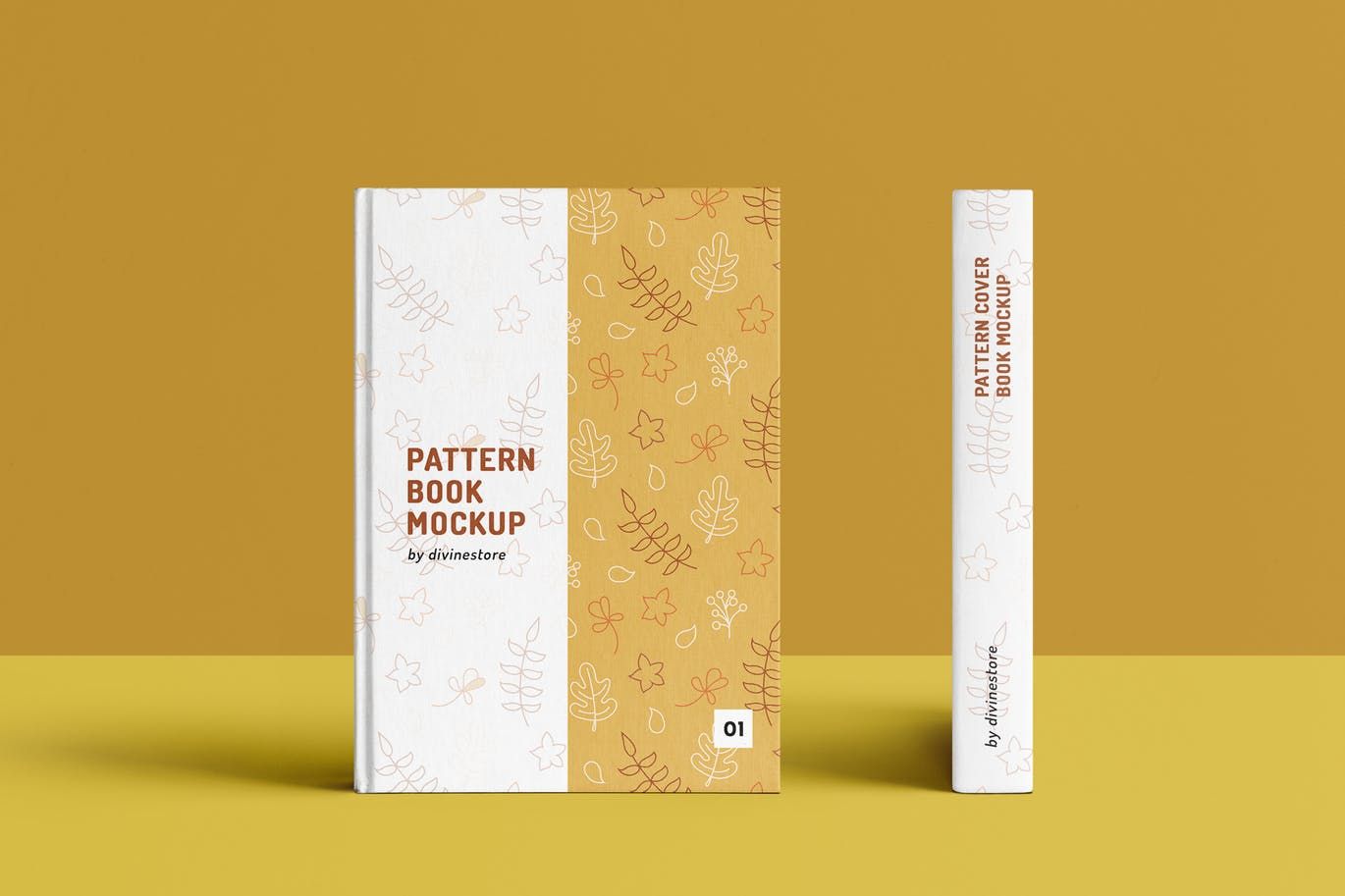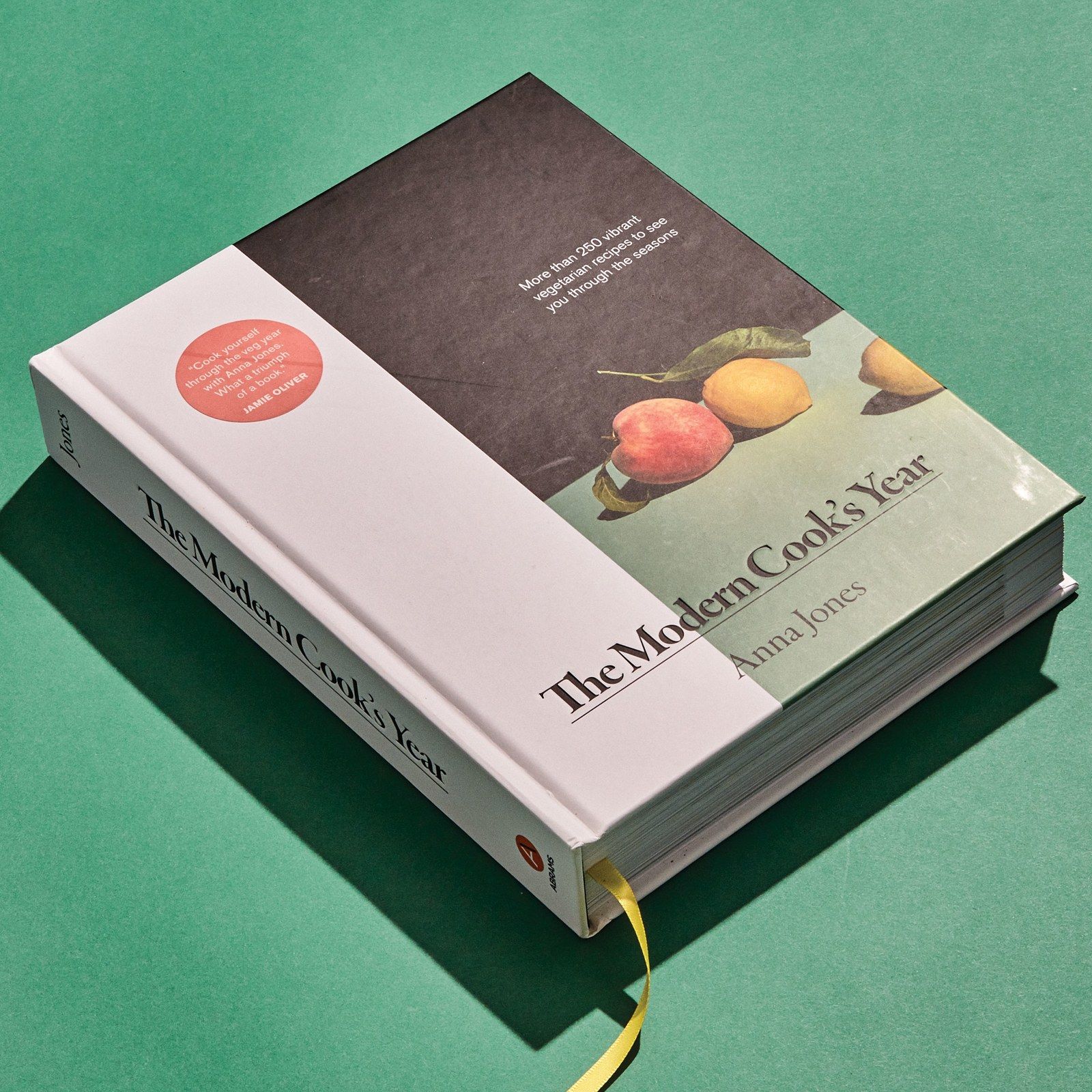What are the good things about printed books?
With the surge of digital reading tools and eBooks, literature has become more accessible and convenient than ever. Digital resources offer the allure of immediate access to countless titles with just a click. However, in the rush towards convenience, we may be overlooking the rich, irreplaceable benefits of traditional printed books. Physical books not only enhance cognitive performance but also provide sensory, emotional, and even health-related advantages that digital devices struggle to replicate. This article explores why printed books continue to be cherished by readers worldwide, highlighting their unique benefits, from improving comprehension to fostering deeper connections.
목차
Printed Books Enhance Learning and Test Scores
A study by the Organization for Economic Cooperation and Development (OECD) in 2018 revealed a notable link between printed books and academic performance. This global research showed that students who primarily engaged with physical books outperformed their digital-focused peers. According to the study, students who read print scored an average of 49 points higher on the Program for International Students Assessment (PISA) compared to students who used digital formats. This translates to roughly 2.5 additional years of learning. In contrast, students who read more often on screens scored only 15 points higher than those who seldom read—barely equating to a year’s worth of academic gains.
Moreover, a 2018 analysis involving over 171,000 readers concluded that comprehension rates were significantly better with printed materials than with digital. For students, this increased comprehension can make a substantial difference in educational success, as well as their capacity to retain information over time.
Reduced Distractions with Print Reading
Digital devices provide users with the temptation of constant connectivity, which can hinder focus. Printed books, however, are uniquely free from the barrage of notifications, social media pings, and web-surfing temptations. According to Mental Floss, digital reading tends to promote scanning over in-depth reading, with many readers skimming for keywords rather than absorbing full sentences. This behavior was reflected in a university survey where 67% of students felt they could multitask when reading digitally, while only 41% believed the same with print. The simplified nature of print reading encourages a deeper, more immersive experience.
Printed Books Are Gentler on the Eyes
Many people enjoy winding down with a book before bed, but studies suggest that digital reading tools might hinder sleep quality. Harvard researchers conducted a study comparing individuals who read from print books with those who used eReaders before sleep. Results indicated that eReader users took longer to fall asleep, had more difficulty waking up, and experienced reduced melatonin levels, a hormone essential for sleep regulation. Physical books, by contrast, foster a more calming bedtime routine, free from the disruptive effects of blue light, leading to better-quality sleep and improved alertness the following day.
The Simplicity and Reliability of Print Books
Printed books are simple, practical, and accessible. They don’t need batteries, Wi-Fi, or regular software updates, which makes them a reliable choice for reading anywhere, anytime. Readers can hold their place with a bookmark, fold corners, or jot notes in the margins—adding a personal touch that digital formats cannot replicate. The tangible nature of printed books allows readers to track progress, with each page turned marking a step further in the story. Their simplicity makes them an ideal choice for readers who prefer to immerse themselves without distractions.
The Emotional and Sensory Appeal of Physical Books
Printed books offer a sensory experience that digital copies cannot match. The feel of paper, the smell of a new book, or the worn pages of an old favorite all contribute to an emotional attachment. Many readers feel a stronger psychological connection to printed books, as studies have shown that physical books enhance memory recall and create deeper, more lasting impressions. For some, the physical act of reading—whether in a cozy corner or a familiar library—creates treasured memories and sentimental value that digital books cannot duplicate.
The Role of Printed Books in Mental Wellbeing
Research has also shown that reading printed books can contribute to mental wellness. Studies suggest that print reading encourages mindfulness, allowing readers to fully immerse themselves in the text without interruptions. This immersion can provide an escape from daily stresses, improve mental focus, and offer a valuable break from constant screen time, which can be beneficial for overall mental health.
Printed Books Support Local Libraries and Bookstores
Beyond personal benefits, choosing printed books also supports local libraries and bookstores. Physical books contribute to local economies, foster community spaces, and help maintain access to literature for everyone. When readers opt for print, they indirectly support the institutions that encourage literacy and lifelong learning.
How to Cultivate a Love for Printed Books in a Digital Age
Encouraging younger generations to appreciate printed books can be challenging in an era dominated by digital media. Parents and educators can help by setting aside dedicated “unplugged” reading times, visiting libraries, or sharing family favorites that can be enjoyed together. Cultivating a love for printed books can nurture lifelong learning habits and reinforce the joy of tactile reading.
결론: 인쇄된 책의 지속적인 매력
In a world increasingly shaped by technology, the simplicity and sensory appeal of printed books offer a refreshing alternative to digital distractions. Beyond nostalgia, physical books support stronger comprehension, encourage mindful reading, and offer health benefits that digital screens can’t match. Whether it’s the emotional attachment, the tangible progress through pages, or the role they play in mental wellness, printed books remain irreplaceable. For readers seeking a deeper, more rewarding connection with literature, physical books continue to be a valuable, timeless choice.
자주 묻는 질문
1. Are printed books more expensive than eBooks?
While some printed books can be more expensive upfront, they hold greater longevity and resale value than most eBooks. Many readers also appreciate the lasting quality of printed books, making them a worthwhile investment.
2. Is reading on a screen really harmful to my eyes?
Excessive screen use can lead to digital eye strain, causing symptoms like dry eyes, blurred vision, and headaches. Printed books offer a healthier option by providing a screen-free reading experience.
3. How can I balance digital reading with physical books?
Many people find a balance by using eBooks for convenience on the go, while reserving printed books for longer, uninterrupted reading sessions. This approach can offer the best of both worlds, minimizing screen time while enjoying the perks of physical reading.
도서 인쇄
새로운 제품
마지막 블로그

책을 인쇄하는 데 드는 비용은 얼마인가요?
자체 출판은 창작에서 판매까지 자신의 작품에 대한 통제력을 유지하고자 하는 작가와 콘텐츠 제작자에게 점점 더 이상적인 선택이 되고 있습니다. 전통적인 출판과 달리,


전문적인 도서 인쇄 서비스를 선택하는 것이 프로젝트에 대한 현명한 투자인 이유
책은 시대를 초월한 매력을 가지고 있으며, 지식, 이야기, 아이디어를 전달하는 독특한 방법을 제공합니다. 디지털 독서의 부상에도 불구하고,

커피 테이블 북을 만드는 데 드는 비용은 얼마인가요?
커피 테이블 북을 만드는 것은 흥미진진하고 창의적인 노력이지만, 가장 먼저 떠오르는 질문 중 하나는 '커피 테이블 북을 만드는 데 드는 비용은 얼마인가?'입니다.
문의하기
- +86 13946584521
- info@booksprinting.net
- 8:00 - 22:00 (월~일)
태그
댓글
관련 블로그
도서 인쇄 사업의 최신 트렌드와 일반적인 지식을 찾아보세요.




책을 인쇄하는 데 드는 비용은 얼마인가요?
자체 출판은 창작에서 판매까지 자신의 작품에 대한 통제력을 유지하고자 하는 작가와 콘텐츠 제작자에게 점점 더 이상적인 선택이 되고 있습니다. 전통적인 출판과 달리,





